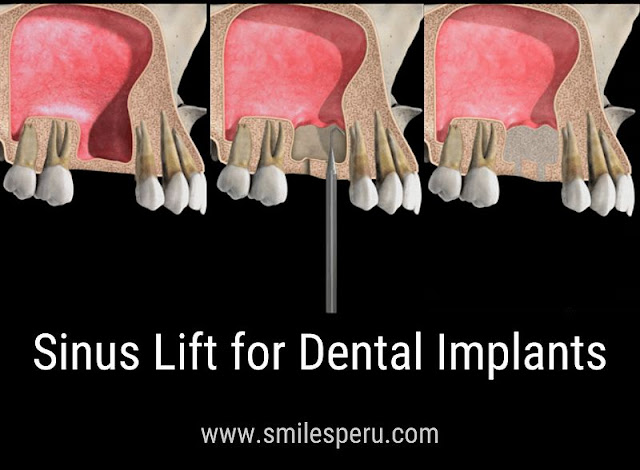To be a candidate for the dental implant procedure, a patient must have sufficient bone in the maxillary and mandibular ridge to support the implants.
Sinus lifts create additional space for dental implants by either grafting extra bone near the sinus or in some cases by tapping near the sinus floor with surgical instruments to lift the sinus membrane.
When a tooth is lost, the vacant tooth socket collapses, leaving a loss in both height and width of surrounding bone. When an upper molar or premolar is lost, the floor of the upper sinus expands, which further reduces the thickness of the underlying bone.
The result is a loss of space in which to place dental implants.
Undergoing sinus lift surgery has allowed many patients to have successful dental implants treatments, in particular the all on 4 and all on 6 techniques.
In most cases, dental implants can be placed concurrently with the procedure, minimizing discomfort of multiple surgeries.
If you have been told you need a sinus lift to allow for dental implant placement, please contact us for an explanation of the process and a cost estimate.













